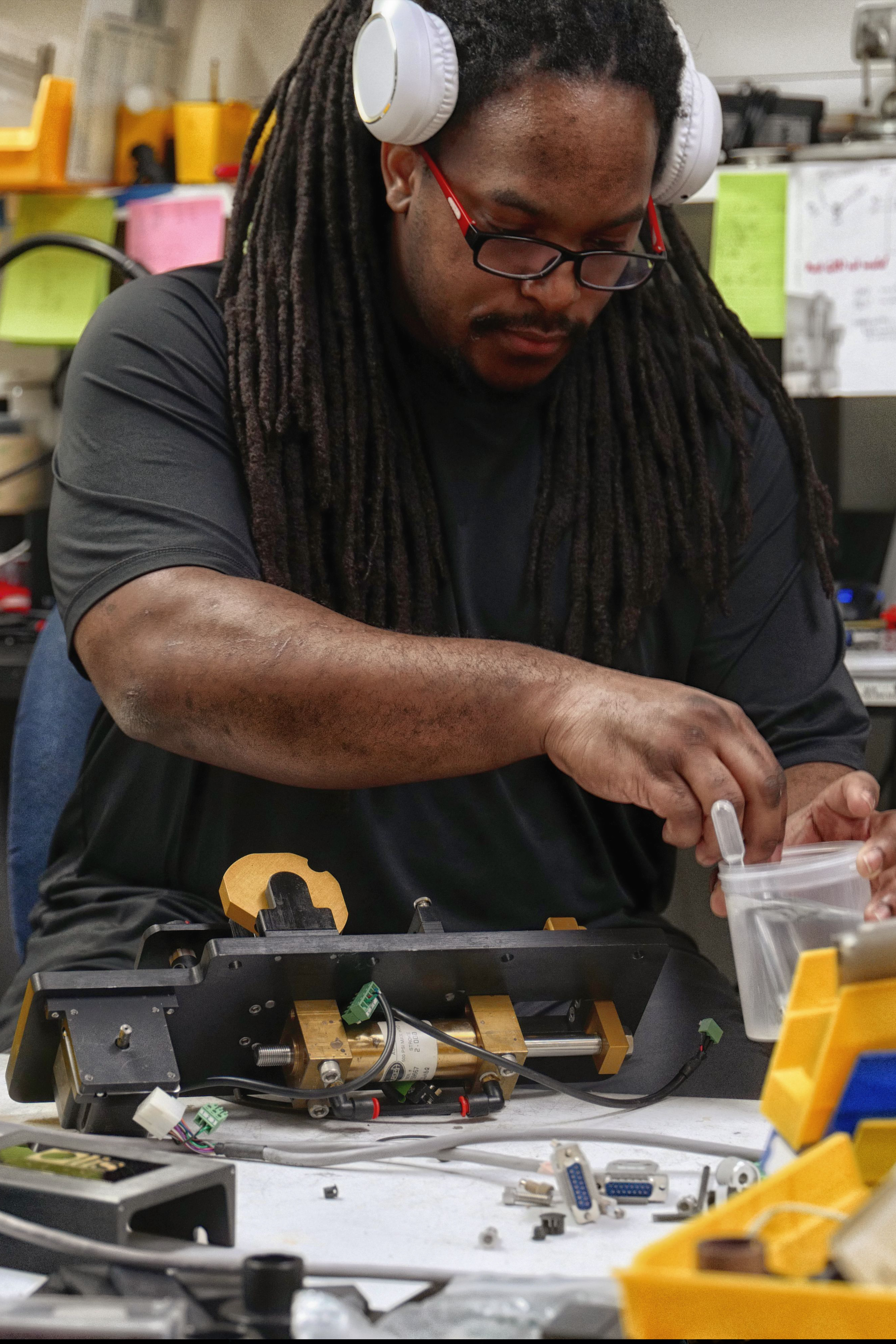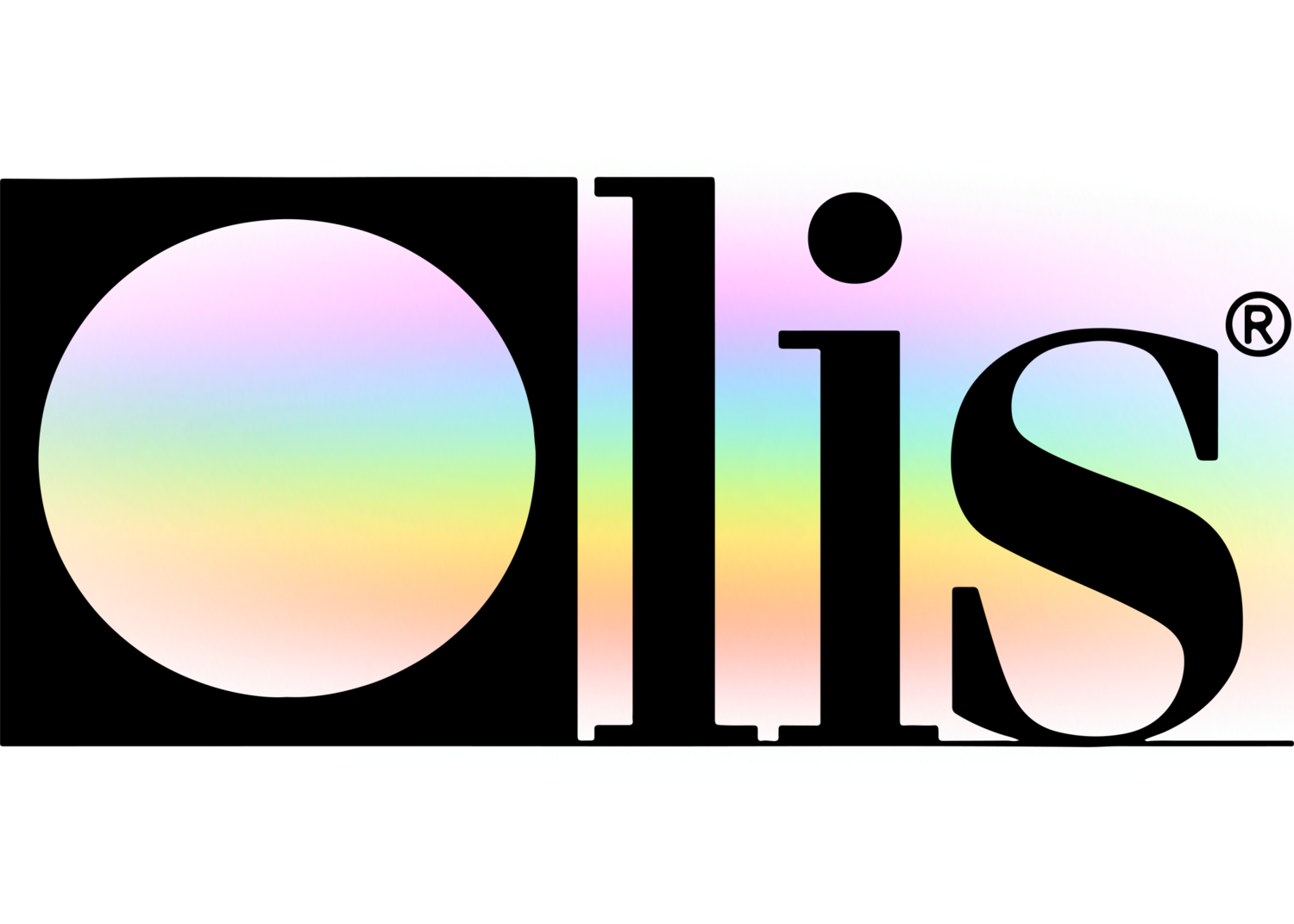Not known Details About Uv/vis
Not known Details About Uv/vis
Blog Article
Everything about Uv/vis/nir
Table of ContentsThe 15-Second Trick For Circularly Polarized Luminescence6 Simple Techniques For Uv/visThings about SpectrophotometersUv/vis Fundamentals ExplainedNot known Facts About Spectrophotometers

Spectrophotometry is a tool that hinges on the quantitative analysis of molecules depending on how much light is absorbed by colored compounds.
The Single Strategy To Use For Circular Dichroism
A spectrophotometer is commonly utilized for the measurement of transmittance or reflectance of options, transparent or opaque solids, such as polished glass, or gases. Lots of biochemicals are colored, as in, they take in visible light and therefore can be determined by colorimetric treatments, even colorless biochemicals can often be converted to colored substances ideal for chromogenic color-forming responses to yield compounds suitable for colorimetric analysis.: 65 Nevertheless, they can also be designed to measure the diffusivity on any of the noted light varieties that normally cover around 2002500 nm using various controls and calibrations.
An example of an experiment in which spectrophotometry is utilized is the decision of the balance constant of an option. A specific chemical response within a solution may occur in a forward and reverse instructions, where reactants form items and products break down into reactants. At some point, this chemical response will reach a point of balance called an equilibrium point.
Getting The Uv/vis To Work
The amount of light that goes through the option is a sign of the concentration of particular chemicals that do not enable light to pass through. The absorption of light is because of the interaction of light with the electronic and vibrational modes of molecules. Each kind of molecule has a private set of energy levels connected with the makeup of its chemical bonds and nuclei and thus will soak up light of particular wavelengths, or energies, resulting in distinct spectral residential or commercial properties.
They are commonly utilized in numerous markets including semiconductors, laser and optical production, printing and forensic examination, as well as in laboratories for the study of chemical compounds. Spectrophotometry is often utilized in measurements of enzyme activities, decisions of protein concentrations, determinations of enzymatic kinetic constants, and measurements of ligand binding reactions.: 65 Eventually, a spectrophotometer is able to figure out, depending on the control or calibration, what substances are present in a target and precisely how much through computations of observed wavelengths.
Created by Arnold O. Beckman in 1940 [], the spectrophotometer was developed with the help of his coworkers at his business National Technical Laboratories founded in 1935 which would become Beckman Instrument Business and ultimately Beckman Coulter. This would come as a service to the previously produced spectrophotometers which were unable to absorb the ultraviolet correctly.
The Single Strategy To Use For Spectrophotometers
It would be found that this did not provide acceptable outcomes, for that reason in Model B, there was a shift from a glass to a quartz prism which permitted much better absorbance outcomes - UV/Vis/NIR (https://pblc.me/pub/3fc0b3e264b77b). From there, Model C was born with an adjustment to the wavelength resolution which ended up having three systems of it produced
It was produced from 1941 to 1976 where the price for it in 1941 was US$723 (far-UV devices were an option at additional cost). In the words of Nobel chemistry laureate Bruce Merrifield, it was "probably the most crucial instrument ever developed towards the development of bioscience." Once it ended up being terminated in 1976, Hewlett-Packard produced the very first commercially readily available diode-array spectrophotometer in 1979 referred to as the HP 8450A. It irradiates the sample with polychromatic light which the sample soaks up depending upon its properties. It is sent back by grating the photodiode array which detects the wavelength region of the spectrum. Since then, the production and implementation of click spectrophotometry gadgets has actually increased immensely and has actually turned into one of the most innovative instruments of our time.

Rumored Buzz on Spectrophotometers
Historically, spectrophotometers utilize a monochromator consisting of a diffraction grating to produce the analytical spectrum. The grating can either be movable or fixed. If a single detector, such as a photomultiplier tube or photodiode is utilized, the grating can be scanned step-by-step (scanning spectrophotometer) so that the detector can measure the light intensity at each wavelength (which will represent each "action").
In such systems, the grating is fixed and the strength of each wavelength of light is determined by a different detector in the selection. When making transmission measurements, the spectrophotometer quantitatively compares the fraction of light that passes through a recommendation service and a test service, then digitally compares the intensities of the 2 signals and calculates the percentage of transmission of the sample compared to the reference standard.

Report this page